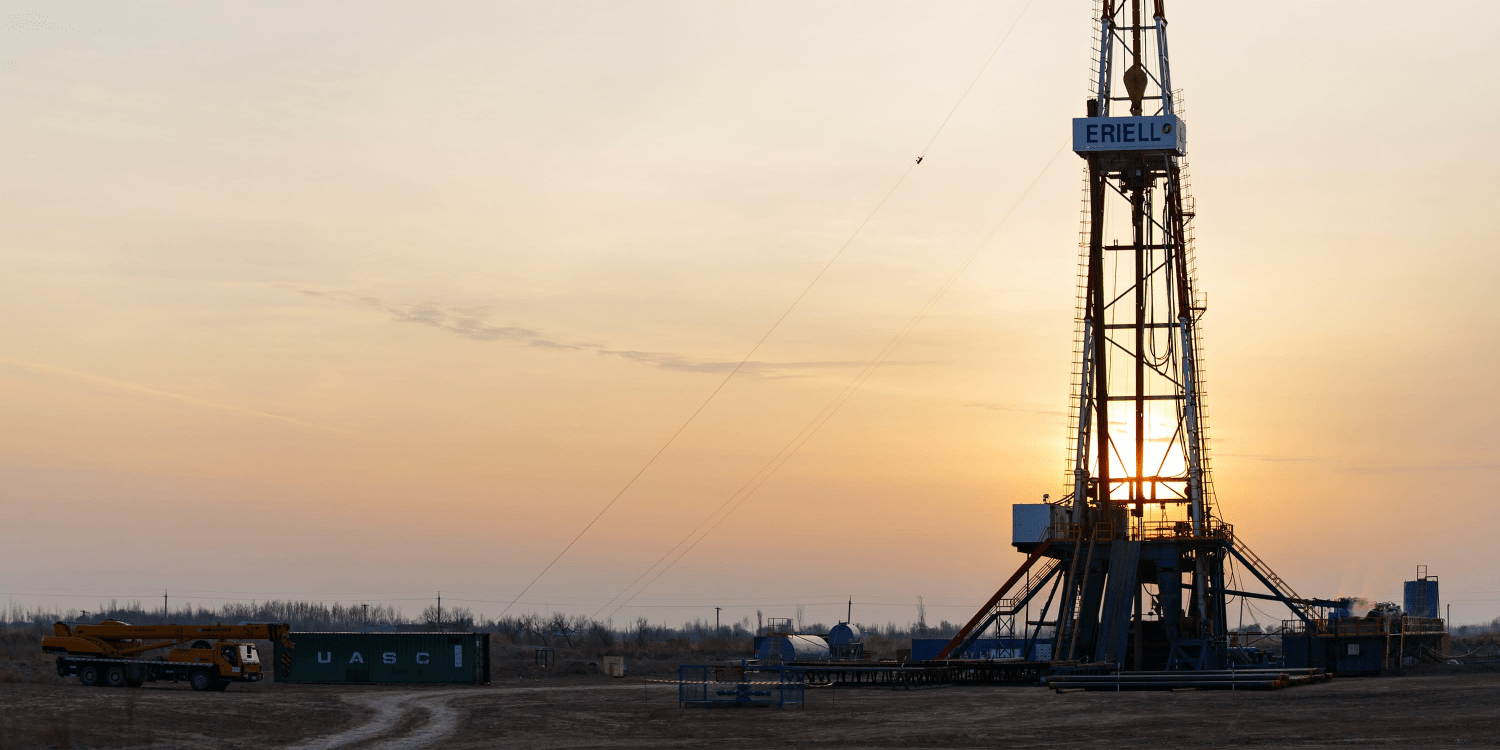Crude Reality: Understanding the Surge Past $80 and OPEC+ Impact on Global Energy Markets

In a significant market development, the price of U.S. crude oil has surged to over $80 per barrel, marking a milestone not seen since November. This surge comes as global attention is fixed on the upcoming decision by the Organization of the Petroleum Exporting Countries and its allies (OPEC+). The energy landscape is at a crucial juncture, with implications for both producers and consumers worldwide. As the world grapples with economic recovery and geopolitical dynamics, the movement in crude oil prices carries profound implications. This article delves into the factors propelling this surge, its potential consequences, and the intricate interplay shaping global energy markets.
Navigating Uncertainty: U.S. Crude Surges Past $80 Amid OPEC+ Decision
U.S. crude oil futures have soared beyond the $80 per barrel mark for the first time in nearly four months, indicating a tightening global market as the decision looms for OPEC+ regarding production cuts. The April West Texas Intermediate contract surged by almost 3%, reaching $80.57 a barrel, while May Brent futures rose 2.5%, hitting $83.94 a barrel.
Throughout February, both U.S. crude and the global benchmark saw consecutive monthly gains, with near-month contracts trading at premiums compared to later months, signaling a tightening of the oil market. OPEC+ is reportedly contemplating extending production cuts into the second quarter and potentially through the year’s end, according to sources within the organization.
The upcoming decision by OPEC+ is eagerly anticipated, with expectations of an announcement in the first week of March. Additionally, market analysts speculate on the potential trajectory of Brent crude futures, with forecasts suggesting a potential breakout to the $95 per barrel range in the second quarter.
Paul Ciana, a technical analyst at Bank of America, highlights the significance of key price levels for Brent crude. Ciana suggests that a breakout above the $85 per barrel resistance level would signify an upward trend. However, maintaining support around the $80 per barrel mark throughout March is crucial. Failure to do so could lead to a drop towards the lower end of the range, potentially reaching $73-$75 a barrel.
Amidst these market dynamics, geopolitical tensions persist, with the Israel-Hamas conflict casting a shadow over regional stability. Cease-fire negotiations face uncertainty following tragic events in Gaza City, raising concerns about humanitarian aid and international pressure.
In response, Israeli Prime Minister Benjamin Netanyahu emphasized the continuation of the conflict until all objectives are met, rejecting external calls for an immediate end to hostilities.
The convergence of economic, geopolitical, and market factors underscores the complexity of the current energy landscape. As stakeholders await the outcome of OPEC+’s decision and navigate volatile market conditions, the implications for global energy security and economic stability remain paramount.
Seizing Opportunities Amidst Surging Crude Prices
The recent surge in U.S. crude oil prices to over $80 per barrel, coupled with the impending OPEC+ decision on production cuts, presents a dynamic landscape for individuals aspiring to enter oil commodity trading. For prospective traders, the current market conditions offer both challenges and opportunities.
The heightened volatility and upward momentum in crude prices create an environment conducive to profit, provided traders can adeptly navigate the intricate web of geopolitical developments and OPEC+ decisions. As demonstrated by the consecutive monthly gains in U.S. crude and the global benchmark, there exists potential for substantial returns.
However, prospective oil commodity traders must exercise caution and strategic acumen. The possibility of OPEC+ extending production cuts introduces an additional layer of uncertainty, requiring traders to stay informed and agile in response to evolving market dynamics. The outlook presented by analysts, including the potential for Brent crude to reach $95 per barrel, further emphasizes the need for a nuanced approach.
Paul Ciana’s technical analysis underscores the importance of key price levels, particularly the $85 per barrel resistance and the critical support at $80 per barrel. Aspiring traders should closely monitor these levels, as a breakout or breakdown could significantly impact trading strategies.
Moreover, the ongoing geopolitical tensions, such as the Israel-Hamas conflict, contribute to the complexity of the oil market, requiring traders to factor in not only economic indicators but also geopolitical risk.
In conclusion, entering oil commodity trading at this juncture demands a comprehensive understanding of global events, market trends, and the ability to adapt swiftly to changing circumstances. The potential for lucrative returns is palpable, but success hinges on informed decision-making and a strategic approach to capitalizing on the unique opportunities presented by the current energy landscape.


























Comments (0 comment(s))